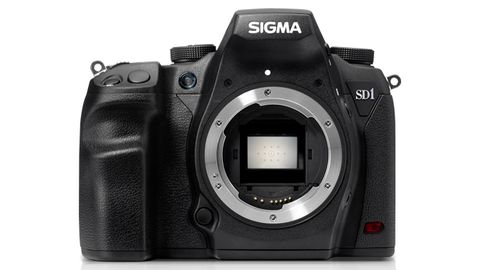Why you can trust TechRadar
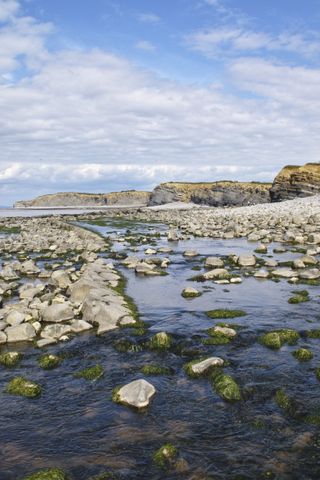
Click here to see the full resolution image

Click here to see the full resolution image
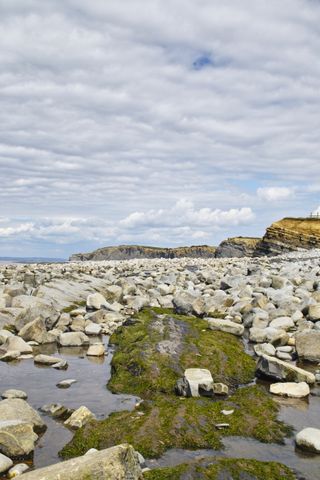
Click here to see the full resolution image
The Sigma SD1 Merrill features seven colour modes - we used the Landscape setting in the shots above to accentuate the blues and greens.

Click here to see the full resolution image
Processing Sigma Merrill SD1 raw files in Sigma Photo Pro 5.2 is a slow experience, and the controls on offer are a little limited. It's worth persevering, though, because the results have the potential to be much richer and more dynamic than JPEGs produced in the camera. Here, we added a touch of X3 Fill Light - it's best to use this subtly, since otherwise it produces an effect close to overcooked HDR.
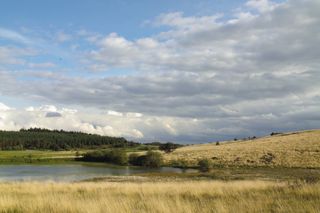
Click here to see the full resolution image
As with other Sigma DSLRs, the SD1 Merrill features a removable dust protector that sits just behind the lens mount. It's generally an effective 'first defense' against sensor dust, although we noticed the blob you see here too late for our first batch of test shots…

Click here to see the full resolution image
Using the Auto White Balance resulted in an image that was initially much too cool, but switching to the Daylight preset yielded a colour balance that reflected the scene much more accurately.

Click here to see the full resolution image
We selected the Landscape Colour Mode in Sigma Photo Pro software to boost the blues and greens here. The Sigma SD1 Merrill comes with seven preset Colour Modes, including Standard, Neutral, Vivid and Black and White.
Oddly, you can't select the Black and White option (or the Sepia one) when you're shooting raw files or raw+JPEG. This means you won't get a monochrome preview on the rear screen. Even more oddly, Black and White is listed under the White Balance options in Sigma Photo Pro.

Click here to see the full resolution image
Due to the darker conditions here, we had to shoot with a wide aperture at ISO 800. ISO 400 is about the limit for clean files out of the Sigma SD1 Merrill. This isn't a camera for handheld shooting in low light, but keep to the 'sensible' end of the sensitivity range and it's hard to be disappointed.
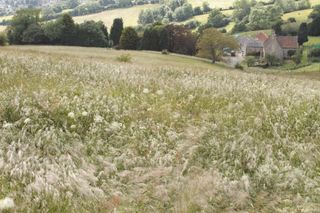
Click here to see the full resolution image
We found that the battery life indicator on the Sigma SD1 Merrill wasn't entirely reliable - something to be wary of when shooting longer exposures. We managed to get around a day's worth of shooting from a single charge (disappointing, but workable with a spare).

Click here to see the full resolution image
Exposure compensation can be applied in 1/3 steps from -3 to +3 EV on the Sigma SD1 Merrill. We needed to open up 2/3 of a stop to bring back the brightness to this overcast scene.
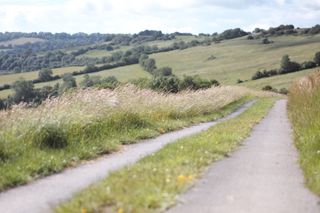
Click here to see the full resolution image
The Sigma SD1 Merrill's 3-inch TFT LCD screen offers a 460,000-dot resolution for reviewing shots. This would have been considered very good a few years ago, but cameras such as the Canon EOS 7D are pushing over 921,000 dots these days. The playback information screen is a bit cramped too, particularly the RGB histogram, which can be difficult to judge accurately.

This has to be the most absurd portable power station ever launched — Asus's Mjolnir throws the hammer at rivals with innovative design that's likely to divide opinions

Pixel's new satellite feature could show people where you are on Google Maps

I really hope Google doesn't promise 7 years of Android for the Pixel 8a
